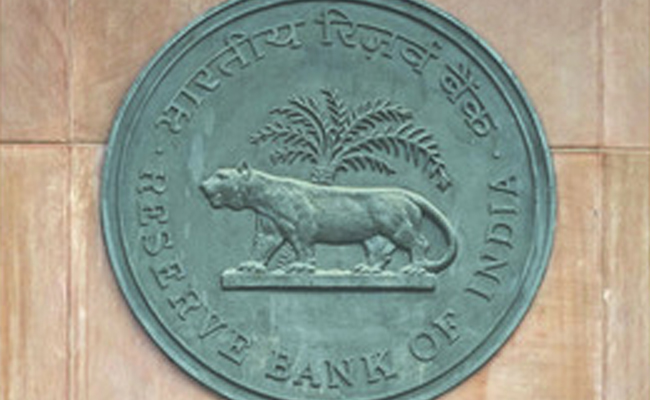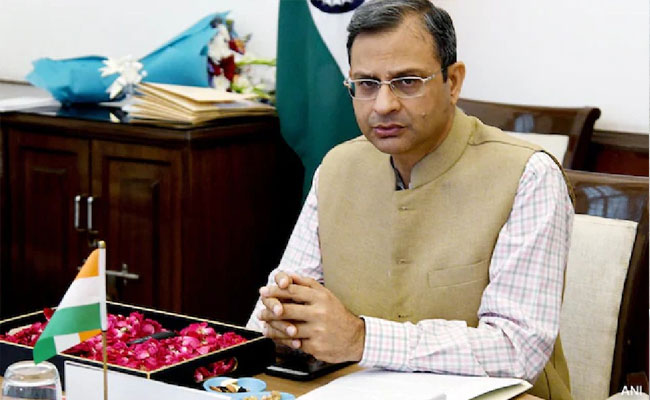Mumbai (PTI): The Reserve Bank of India (RBI) on Friday said nearly 97.26 per cent of the Rs 2,000 bank notes have been returned to the banking system, and only about Rs 9,760 crore worth of the notes are still with the public.
On May 19, the RBI announced the withdrawal of Rs 2,000 denomination bank notes from circulation.
"The total value of Rs 2,000 bank notes in circulation, which amounted to Rs 3.56 lakh crore as at the close of business on May 19, 2023 when the withdrawal of Rs 2,000 bank notes was announced, has declined to Rs 9,760 crore as at the close of business on November 30, 2023," the RBI said in a statement.
Thus, 97.26 per cent of the high-value currency in circulation as on May 19, 2023, has since been returned to the banking system, it added.
"The Rs 2,000 bank notes continue to be legal tender," the RBI added.
People can deposit and/or exchange Rs 2,000 bank notes at the 19 RBI offices across the country. People can also send Rs 2,000 bank notes through India Post from any post office, to any of the RBI Issue Offices for credit to their bank accounts in India.
Public and entities holding such notes were initially asked to either exchange or deposit them in bank accounts by September 30. The deadline was later extended to October 7. Both deposit and exchange services at bank branches were discontinued on October 7.
Starting October 8, individuals have been provided with the choice of either exchanging the currency or having the equivalent sum credited to their bank accounts at the 19 offices of the RBI.
Meanwhile, queues are being witnessed during the working hours at the RBI offices for exchange/deposit of Rs 2,000 notes. The 19 RBI offices depositing/exchanging the bank notes are in Ahmedabad, Bengaluru, Belapur, Bhopal, Bhubaneswar, Chandigarh, Chennai, Guwahati, Hyderabad, Jaipur, Jammu, Kanpur, Kolkata, Lucknow, Mumbai, Nagpur, New Delhi, Patna and Thiruvananthapuram.
The Rs 2,000 bank notes were introduced in November 2016 following demonetisation of the then prevailing Rs 1,000 and Rs 500 bank notes.
Let the Truth be known. If you read VB and like VB, please be a VB Supporter and Help us deliver the Truth to one and all.
Amritsar (PTI): Former president Ram Nath Kovind on Friday said that with digital transformation, economic reforms and a strong focus on the ease of doing business, India is moving towards becoming a global economic powerhouse.
He was speaking after inaugurating the 19th edition of the Punjab International Trade Expo (PITEX) in Amritsar.
The former president said that this 19th edition of PITEX is being organised at a time when India is recognised as one of the fastest-growing large economies in the world.
Speaking at the inaugural ceremony of the event organised by the PHD Chamber of Commerce and Industry (PHDCCI) the former president, while referring to Punjab, said the state is a living example of courage, sacrifice and enterprise.
"The spiritual light of Sri Harmandir Sahib (Golden Temple) inspires peace and humanity across the world. The heritage of Punjab is deep and inspiring," Kovind said, according to a statement issued by the PITEX.
The former president congratulated the PHDCCI for hosting the 19th edition of PITEX and suggested that the chamber should expand PITEX outside Punjab.
He proposed that a similar event should also be held in New Delhi.


_vb_69.jpeg)


